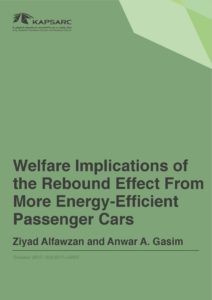Ziyad is a Senior Research Analyst at KAPSARC focusing on energy demand modeling. He has also worked on developing a macroeconometric model of Saudi Arabia. He is currently on sabbatical to undertake an M.Sc. in operations research.

GCC-NEA oil trade: Competition in asian oil markets and the Russian ‘Pivot’ east
KAPSARC: The purpose of this paper is to assess Middle East crude oil exporter strategies to maintain or expand market share in Asian oil demand. It also analyses the impact of changing global crude oil flows on key oil exporters’ revenues and on inter-regional price differentials by utilizing the KAPSARC Global Oil Trade Model (GOTM). Oil trade between the Gulf Cooperation Council (GCC) and Northeast Asia (NEA) will be subject to new pressures as major crude oil producers from outside the region compete to place their barrels in Asia. African, Latin American, and Russian flows of crude are increasingly redirected towards Asia, challenging the traditional large exporters in the Middle East. GCC oil producers are engaged in a number of initiatives to protect market shares in Asia. © The Editor(s) (if applicable) and The Author(s) 2016.
1st January 2016




